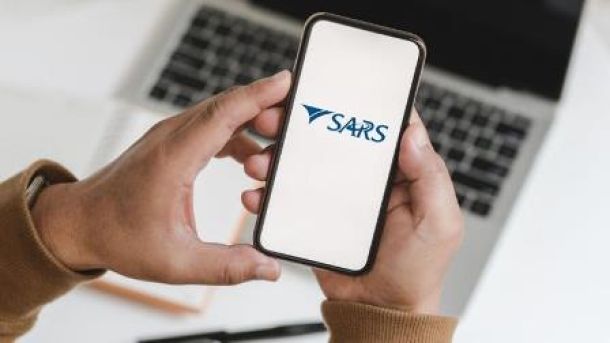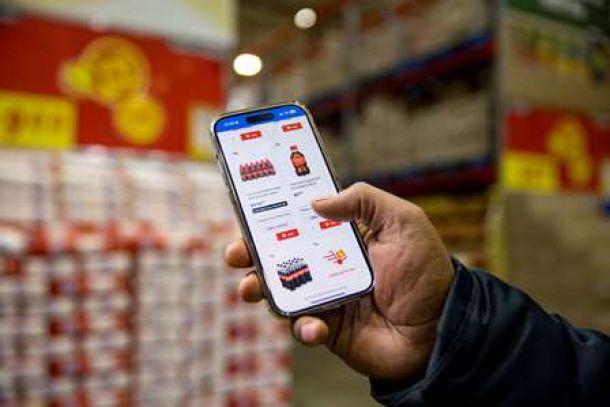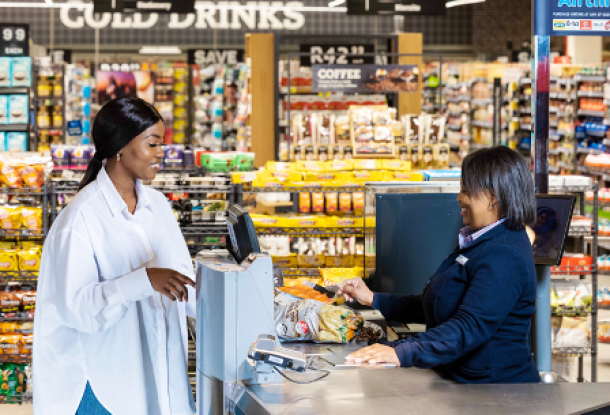Is it all over for internet banking in South Africa?
Angus Brown, co-founder of eBucks.com and MD of Banking Acumen says that South Africa may have seen the peak of internet banking. “Although the banks are quite tight-lipped about their usage numbers, I suspect that the number of customers using a desktop computer to do their banking is declining.
“We know that the majority of logons come from office workers, but we also know that the number of employed people (including government workers) in South Africa is stagnant.
“While many up-market homes have a desktop PC or a laptop, and optical fibre services have been introduced in certain suburbs, the growth rate of fixed broad-band internet (at less than two million connections) is very low,” Brown said.
Mobile apps
According to Brown, the smaller screens are where the action is – banks have been marketing their mobile apps aggressively over the past few years, and now collectively claim that 11 million customers have adopted this channel.
This adoption of the mobile phone for banking marks the fastest and most pervasive technology adoption in the history of banking, he said.
He noted that Standard Bank recently confirmed that the number of in-branch transactions has declined, “clearly as a consequence of mobile banking”.
“Further into Africa, in Kenya the number of payment card payments has halved over the past three years. The volume of mobile money transactions over the same period has doubled, and the value transacted is now more than twice that of card payments. The success of M-PESA in Kenya has not yet been replicated in other countries, but it is a striking example of how customers change their payment behaviours.”
High fixed costs
Brown said that for most banks, the business case for launching internet banking was based on the assumption that user numbers would just keep growing. There are high fixed costs (dollar-based software licenses, servers and staff) that banks have to keep investing in, even as internet banking usage declines.
“It could be argued that some IT staff could be cross-skilled into app development, but typically the mobile banking IT platforms run on different software and infrastructure and mobile banking infrastructure is also costly. The SMS notifications that banks have been providing to customers have become a massive expense for them – they are the single biggest customer of mobile telco operators,” he said.
User experience design
The switch from big-screen (desktop internet) to small screen (mobile phone and tablet) also requires a change in user experience design, Brown pointed out.
“You simply cannot fit all the functionality of a high-resolution monitor screen into a mobile phone or smart watch. You certainly can’t fit all the marketing messages, phishing warnings and terms and conditions.”
The design paradigm for mobile phone apps, Brown said, is to cleanly offer a single function (i.e. hail a taxi, send a message). “That lesson has not yet been learnt by some award-winning banks, with apps that require you to scroll down on the first page and take three separate screens to delete a message.”
“With so many competing internal business units and having built so much functionality over the years, they are challenged to simplify their interface to what most customers need. We are starting to see a ‘re-fragmentation’ of the mobile banking channel – a wide range of distinct apps from the banks, each focussing on distinct activities,” he said.
Cut backs on human-centred service
Brown also questioned whether the banks can continue to afford to offer customers a buffet of channel and device choice.
“Will they aggressively direct customers into the most appropriate self-service channel or device and start really trying to use their staff to generate sales?” he asked.
Brown said that there are signs both locally and abroad that banks are starting to cut back on human-centred service.
“Royal Bank of Scotland in the UK and FNB locally are both cutting back on branch staff, and several financial institutions are exploring using robo-advice (algorithms or ‘bots’) to handle simple queries,” he said.
“Could this be an opportunity for a savvy digital-only bank without the legacy cost-structures and plethora of products? There are indications that more than one new offering will launch in 2017,” Brown said.
News Category
- International retailers
- On the move
- Awards and achievements
- Legislation
- Wine and liquor
- Africa
- Going green
- Supplier news
- Research tools
- Retailer trading results
- Supply chain
- Innovation and technology
- Economic factors
- Crime and security
- Store Openings
- Marketing and Promotions
- Social Responsibility
- Brand Press Office
Related Articles

SARS launches WhatsApp channel to help check ta...

Shoprite launches online shopping and bulk deli...

Sixty60 promises lightning-fast delivery of 10 ...

Pick n Pay launches new money transfer service,...


